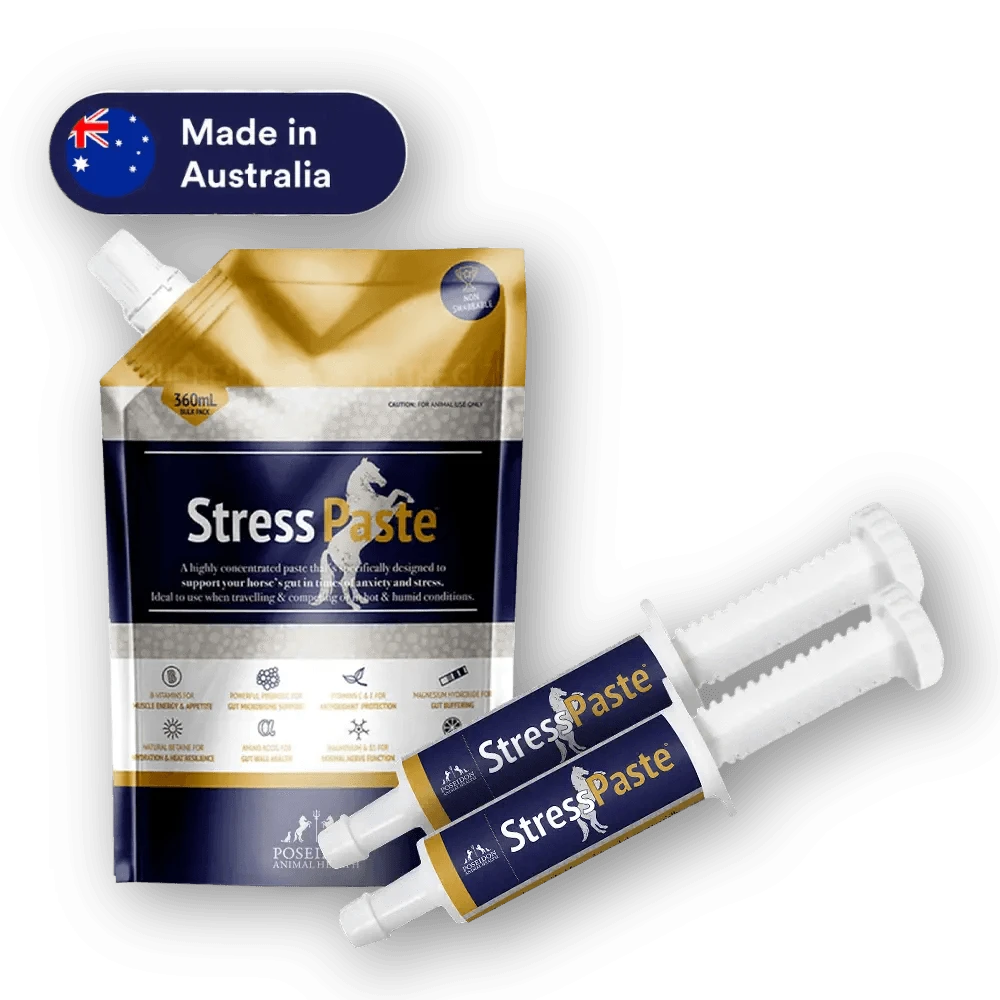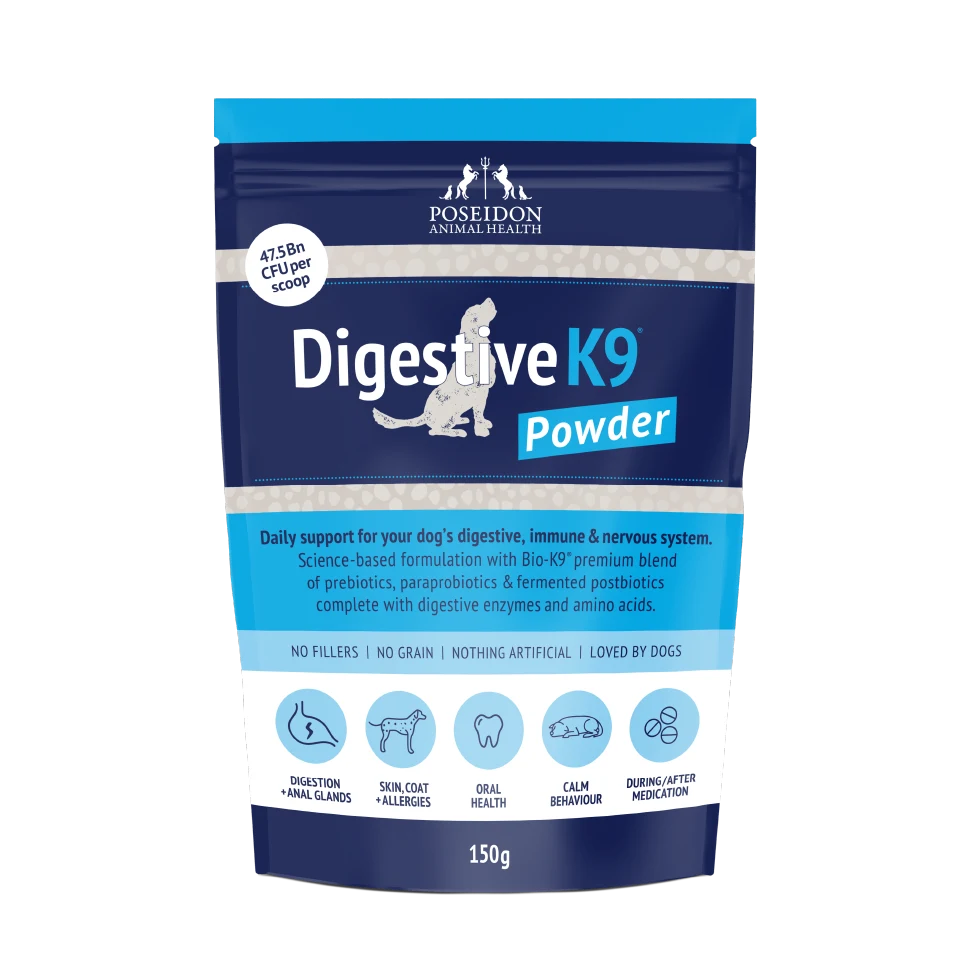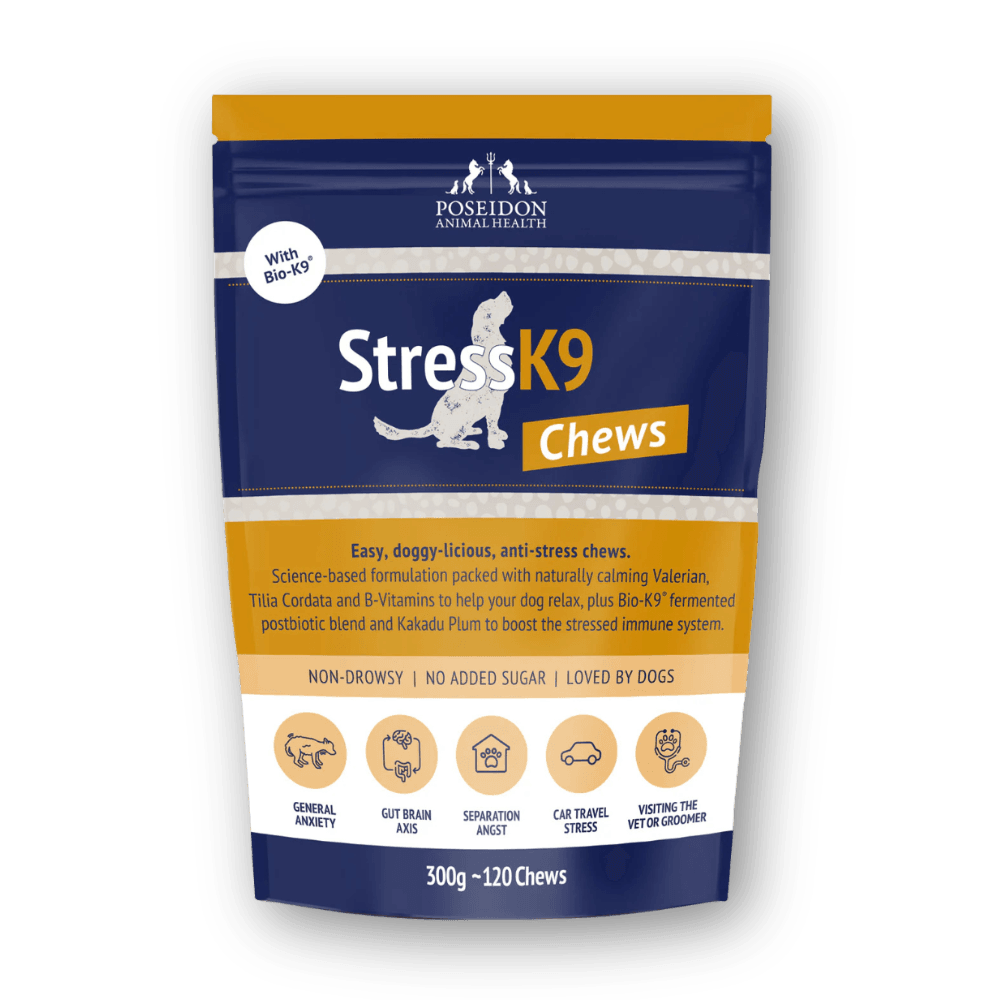
An Equine Nutritionist explains: The truth about how grass can affect horses.
By Nikita Stowers, MSc (Equine) BSc BBS
The term grass affected is often used by horse owners and equine professionals - but is “grass affected” based in science, or just a made-up term when we don’t know how to explain our horse’s behaviour?
The truth is, it’s a bit of both.
Rather than trying to debunk all the myths around why horses can be grass affected, let’s focus on a specific list based on science and up to date expert knowledge, of what is in grass that can affect our horses. In my opinion there are really four real ways that a horse can be affected by grass.
1. Grass Sugars
At the top of the list, and probably the most common cause of spooky or explosive behaviour in horses, are what people call ‘grass sugars’.
Sugar (and possibly starch) content is the most likely reason your horse may react to the pasture they are grazing. First, let’s define what sugar and starch are and why these can be an issue for our horses. Simple sugars, starch and fructans make up the Non-Structural Carbohydrate fraction of a feed. Most pasture types will store most of their NSC as simple sugars but it is important to note that starch and simple sugars are both digested quickly in the foregut (stomach and small intestine) and are essentially quick release energy for the horse, resulting in an increase in glucose in the bloodstream.
Many of our horse properties are on old dairy farms where the pastures are predominantly made up of ryegrass and clover. Both of these are high in sugar and protein, particularly in the Spring and Autumn, however if conditions are good for growing (warm and moist) then sugar levels can spike to high levels at any time of the year. Sugar levels in grass also fluctuate throughout the day and are typically highest in the middle of the afternoon and can also be high due to accumulation in pasture for example after a frost. This means that if you are riding your horse at different times of the day you may notice differences in their behaviour due to the changing sugar levels.
Having alternative, low sugar forages and feeds available should help your horses behaviour if they are being affected by sugars. A really effective way to reduce the amount of sugar in your horse’s diet is to feed them alternative forages with known low sugar values at times when your pasture is lush and likely to be high in sugar. A horse’s intake each day is reasonably fixed, so if your horse requires 10kg of feed in a day, and your pasture sugar level is 20%, if you feed them 4kg of other feeds with a NSC value of 5% you have effectively lowered their sugar intake by 30% for the day, and reduced their NSC from 20% to 12%. For horses with EMS or prone to Laminitis this can be a really effective way to reduce sugar in the diet, especially when you can’t remove your horse from the pasture altogether.
What to do about Grass Sugars
Up until now, all that horse owners could really do was control sugar intake. Now, if your horse is struggling with sugar in their diet, Poseidon’s all new, revolutionary product MetaboLize offers a new way to address sugar metabolism. MetaboLize is designed to assist your horse deal with the sugar in their diet by acting at seven different points on the glucose pathway. It has been shown to reduce fat lumps, cresty neck and bodyweight in a Vet Supervised Field Trial.
2). Fructans
Fructans are another component of the NSC fraction, and are common in cool season grasses such as Rye or Fescue pasture types. Unlike the water-soluble sugar and starch fraction that are readily digested by enzymes in the foregut, fructans bypass the stomach and small intestine and are rapidly digested by microbes in the hindgut. It is thought that fructan digestion can alter the balance and pH (acidity) of the hindgut, and some data suggests that this process may also be linked to some cases of Laminitis, possibly through the production of amine compounds, some of which are known to have vasoconstricting effects for horses’ hooves.
What is clear is that Fructans can definitely lead to a drop in pH - more acidic conditions - in the hindgut.
What to do about gut acidity
Digestive EQ and Digestive HP have unique dual action buffers to assist in combating low pH levels in the gut and the addition of prebiotics and post-biotics is designed to help stabilise your horse’s hind gut microbiome.
3). Mycotoxins
Mycotoxins are another common reason for your horse's behaviour being a little crazy or spooky. Mycotoxins are compounds that are produced by fungi within pasture, the most common of these being found within rye grasses and fescue. These are naturally occurring substances that the fungi produce to protect the plant from being attacked by insects. It’s quite clever really, the plant gives the fungi a place to call home in return for the fungi protecting the plant - similar to how the bugs in the horse’s gut get to live there in exchange for converting plant fibre to energy!
The problem is that Mycotoxins can have negative effects on our horses, including on their behaviour. Often horses that are suffering from Mycotoxins may present as overly excitable, spooky or uncoordinated – leading to the term staggers.
What to do about Mycotoxins
There are many mycotoxin binders for horses, but unfortunately most are produced for grain based toxins, using just yeast based ‘polar’ binders. Pasture based toxins such as Lolitrem B may require different types of binders that deactivate or dismantle them instead of ‘binding’ them.
Equibind contains a dual action mycotoxin binder Elitox, which has been proven to be effective with pasture based toxins where many others aren’t, as well as including a yeast binder to assist with grain and dry forage mycotoxins. Both Digestive EQ and Digestive HP in Australia include this toxin binder, or you can purchase it separately in both New Zealand and Australia.
4). Mineral imbalances
Too much or too little of key minerals may also be a contributing factor for your horse’s excitable or unpredictable behaviour. Many pastures in NZ and Australia can be high in Potassium and low in Magnesium, especially at certain times of the year. Low Magnesium in the diet can be ‘primary’, meaning your horse simply isn’t getting enough in the diet; or ‘secondary’, due to high Potassium levels meaning more Magnesium than the standard requirement is needed - or both causes could be leading to low Magnesium levels.
What to do about mineral imbalances
Whatever the cause, it is a good idea to ensure that your horse’s diet is balanced all year round. Pastures are often low in certain trace minerals and vitamins and using a quality product like Poseidon’s Daily Balance will help meet your horse's vitamin and mineral requirements.
In praise of pasture
Pasture is a great source of nutrition for horses and it is a shame to see so many people keeping their horses off grass just because we don’t know how to manage our horses safely on it.
Doing simple things such as limiting pasture access when sugars are high, using effective toxin binders that are proven to work on grass-based toxins, supporting the hindgut microbiome, and correctly balancing your horses diet and mineral intake can make a huge difference, save you a lot of money and effort, and enable your horse to enjoy some much needed turn out time.






















